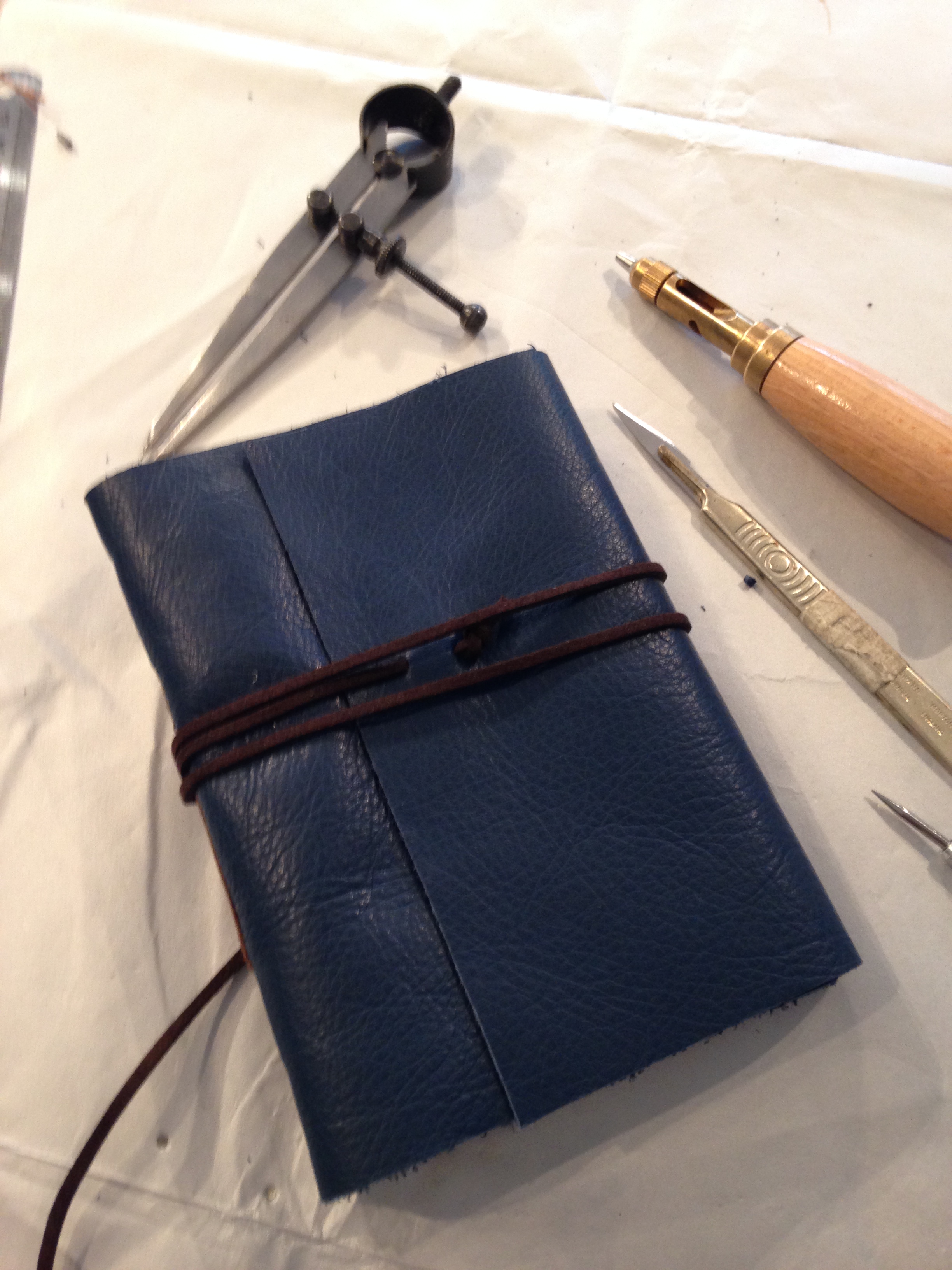History, anyone? Sixteenth-century choirboys…Anne Boleyn’s initials…mysterious walled gardens and long, winding passageways…this is the Cambridge, England I love. One of the joys of living here is in being surrounded by the slow-moving past in a very fast-paced modern world. There is the 800-year old university, of course, whose many colleges and iconic King’s Chapel create the focus of all that history and traditional past.
But there is also the Fitzwilliam, one of Britain’s finest art museums, whose rare treasures offer many interesting opportunities to travel back in time and an excellent way to spend a cold, dreary November day. Art historian Sarah Burles is just the right lady to take you there. She is the director of Cambridge Art Tours which are designed to introduce you to the Fitz’s wide variety of world class collections and exhibits. But some of Sarah’s art tours may also take you outside the Museum. I have had the chance to explore some of the architectural and archaeological wonders around Cambridge, and on my recent Art of the Book tour, engaged in medieval book binding at Cambridge Artworks before viewing the stunning exhibit on Illuminated Manuscripts currently on show at the Fitzwilliam.
Now, even though I have an undying love of books, signing up for a medieval book binding class on its own is probably not something I would ever do. I am pretty hopeless when it comes to sewing anything. The thought of punching holes in leather, messing with pots of glue, and trying to stitch it all together with sheafs of paper takes me back to those abysmal craft sessions at summer camp. I try to write books, not make them. But throw in an intriguing mix of monks, nuns, and artists laboriously creating manuscripts of unequalled detail and colour by hand, and you’ve got me hooked. A story starts playing in my head and I get to be one of the characters.
So, fortified by cups of tea, I begin my journey back into the days before the printing press by taking up my needle, and promptly stabbing my thumb. Blood smudges my neatly folded paper. I have just transgressed the first rule of medieval book binding apprenticeship–never prick your fingers over a one-off manuscript that someone has nearly gone blind copying and painting by hand.
Never mind, I’m not fired! My excellent mentor, Edel Hopkin, comes swiftly to my aid with a 21st century plaster (band aid) and I learn that good old medieval spit will rub out any bloodstain (sort of).
Once I get a rhythm going with stitching the paper to the spine of the leather cover, however, I find I am actually enjoying this hands-on approach to history. Sarah and Edel make a brilliant team. Edel is a qualified instructor in the art of book binding and often teaches school groups. She guides us expertly through the process of binding our little books from start to finish. We are sitting around a table in a well lit room with an electric heater. I try to imagine doing this kind of work with only natural or candle light and somehow keep my hands warm and steady in a freezing cold medieval workshop.
If I had to do this kind of work continually, I would hope practice makes perfect. As it is, my stitching on the spine is hardly straight. There is a blood and spit stain on the paper. But it is my book which I made, and I am somewhat proud of my little wonky, blood-stained achievement. I am no artist, but my son is. I am going to drop it in his Christmas stocking and ask him to fill it with beautiful pictures.
When we finally come face to face with the medieval manuscripts back at the Fitzwilliam, I am already part of their world. “Painstaking” only begins to describe the detail, the hours of labor, the clarity and perfection of colour. We moderns live such distracted lives. In these manuscripts, the glory is in their focus. They are paper cathedrals in which entire lives were devoted to their creation.
I am challenged in my own writing of books. Thank goodness, I don’t have to copy words by hand. But there is a lot of wonky stitching that goes on; layers and layers of it. At times, I can’t help but wonder if it’s worth it, if I can keep focused enough to press on despite the blood and spit.
Life is like that. We are the apprentices, in need of a Master Artist and Craftsman to bind us together and fill our empty pages with colour and light. The medievalists had a great hunger for spiritual beauty and redemption. It’s what drove them to create what they did, and the power of their work still resonates through the noise and din of our 21st century.
Colour: the Art and Science of Medieval Manuscripts is on display at the Fitzwilliam in Cambridge through the 2nd January 2017.
Contacts: cambridgearttours.co.uk, edel.uk.net



Hi Jean. Happy New Year! Decided to follow up on your Christmas letter suggestion and read your posts. So good to be reminded of one more reason to love England at Christmas. I too am profoundly impacted by Lessons and Carols, and particularly the David Wilcocks Kings tradition that I was exposed too as a teenager. Looking forward to seeing you in March or April. Please keep us posted as to your arrival. We can come up your way – always looking for an excuse!